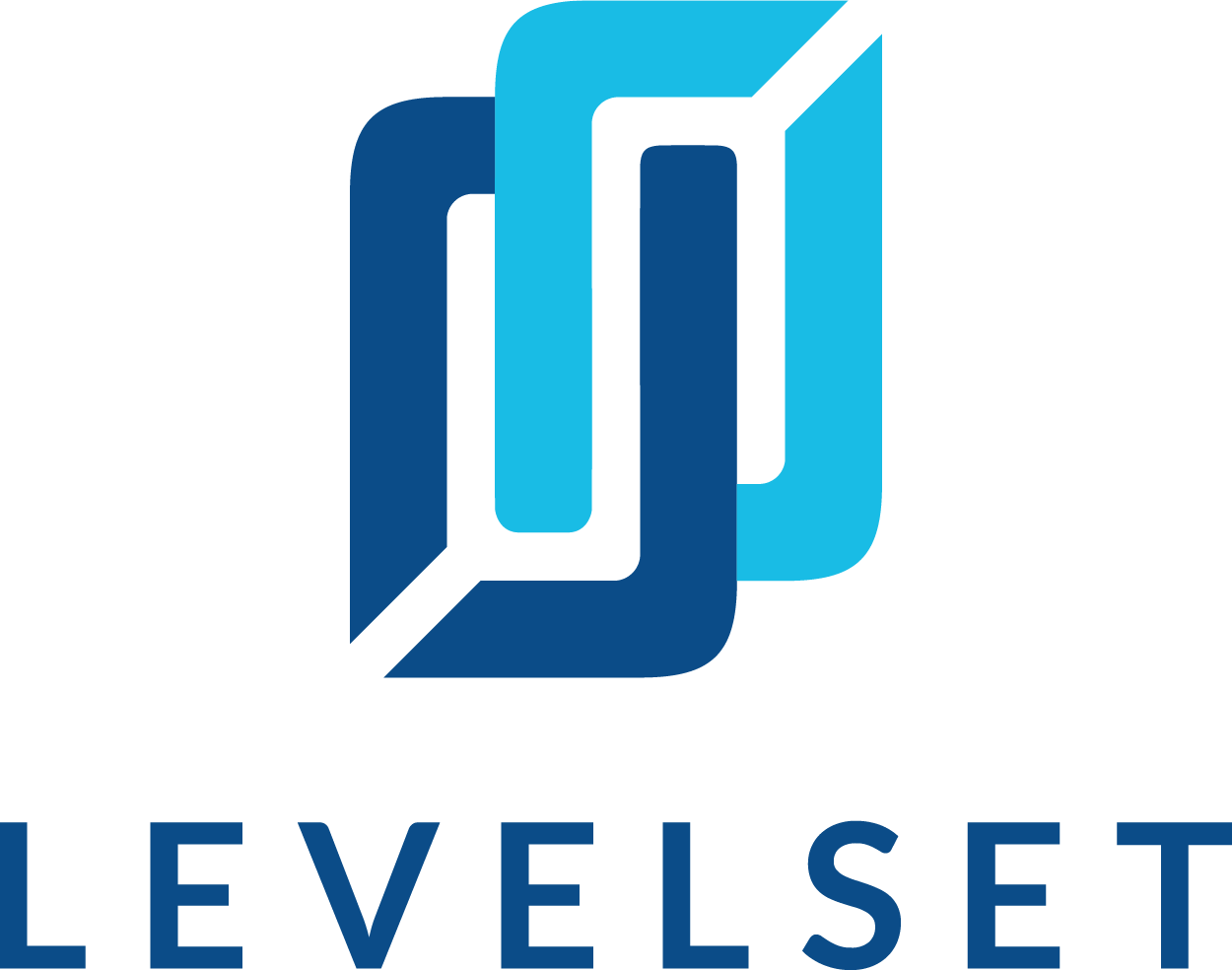
Construction projects can be complicated endeavors from top to bottom. Not only is the work in the field – and the tools required to perform that work – increasingly sophisticated, but even the business side of the construction industry is becoming more complicated with each passing year.
Joint ventures, partnerships, and other unique project structures have been around for decades, but these types of projects are becoming more common, while their complexity only grows. Large projects with multiple owners, multiple general contractors, and several layers of subs and suppliers are increasingly the norm.
But this added complexity often means that if a payment issue happens to arise on the project in question, solving that payment issue can be much more challenging. Here are three situations to look out for where the construction project’s inherent complexity might make solving a payment issue more difficult.
3 Complex Project Structures Where Subs and Suppliers Must Be Careful
1. Joint Ventures
Joint ventures in the construction industry are pretty common, especially on larger projects. Usually, a joint venture is formed when multiple general contractors get together to bid (and then work) on a larger project.
Sometimes in more complex situations, the general contractor doing the work on the project may have actually been contracted by another general contractor that bid on the project.
Lastly, sometimes a project is so big that the project owners hire multiple general contractors to do the work. This last case isn’t always necessarily a true joint venture, but the participation of multiple general contractors on a single (albeit very large) construction project presents many of the same issues.
For subcontractors, suppliers, and other lower-tiered project participants, the problem with all of the situations is the same: you don’t know exactly what the agreement is between the higher-tiered parties (the owners and the general contractors), and you don’t know exactly who contracted with the owner.
The bottom line to these questions is always the same: the party who contracted with the owner is the direct or primary contractor. You can usually request this information on a project, but that can be more difficult than it sounds.
In the handful of states with notices of commencement, finding the project information can be a little bit easier.
2. Complicated Projects With Multiple Layers of Subs, Suppliers, and Other Participants
The further down the “payment chain” you are on the project, the harder it is to find out who the other parties on the project are, especially the all-important parties at or near the top – the owners and the primary or general contractor.
Material suppliers often confront this issue on a project, since they are often at or near the bottom of the payment chain, may not always step foot on the jobsite, and may even be based in another city or state.
As discussed in #1 above, solving this problem can be a challenge, though there are a few options and tools available to help.
3. Owner Is the “Acting” GC

One of the most important pieces of information to determine on any construction project is who the hiring party is. For a subcontractor working on a project where the owner is “acting” as the general contractor, who is the hiring party? Even though these two parties are actually the same, was it the owner who hired the subcontractor, or did the general contractor do the hiring?
While the terminology may be confusing, the situation is not. The party who contracts with the owner is the direct or primary contractor, period. It doesn’t matter if the owner is acting as the GC or not – in the situation described above, the subcontractor who was hired by the “Owner acting as the GC” is the real general contractor on the project.

